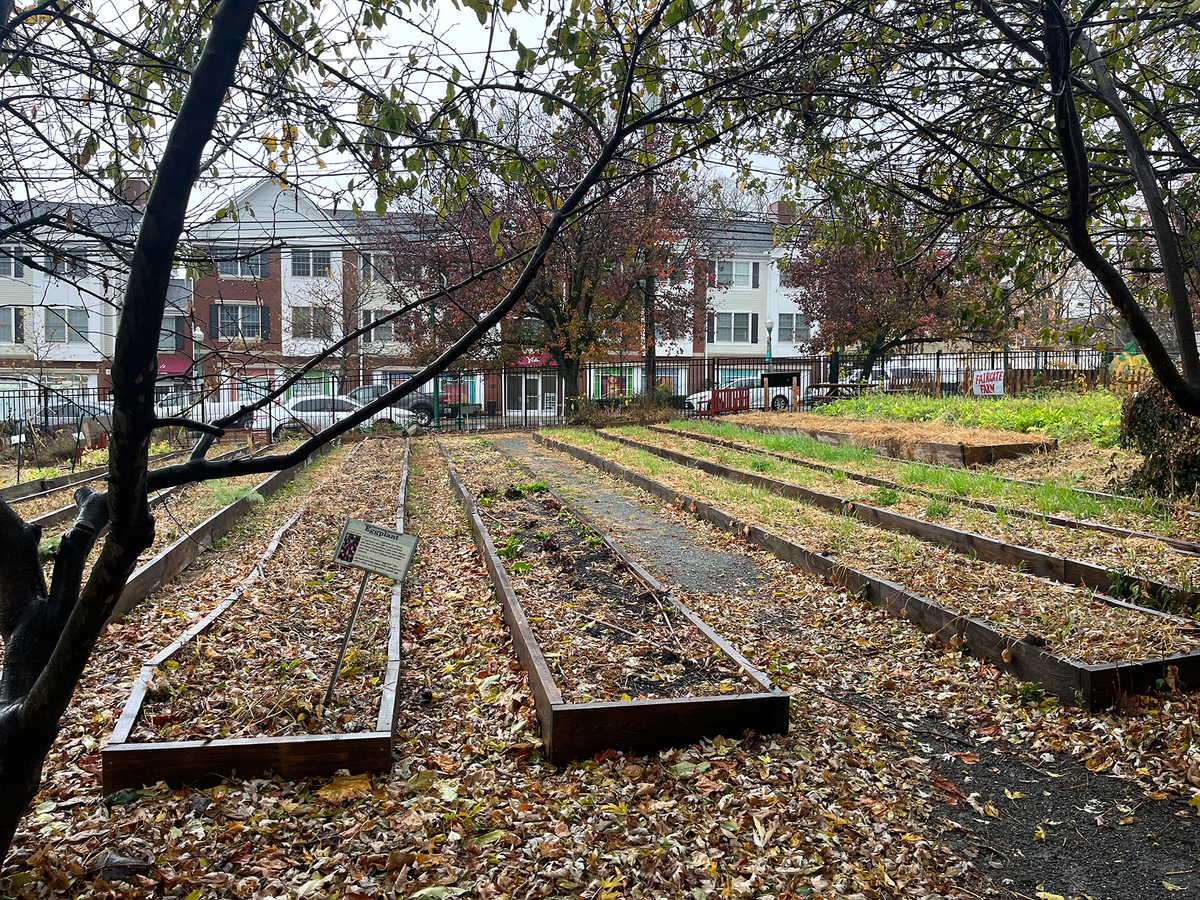Special Edition of The What: Food Insecurity and Food Access in Lower Fairfield County
This is a special edition of The What, our free weekly newsletter, focusing on food insecurity and access across southwest Connecticut.

Monday, February 24
Happy Monday and hope you enjoy the last special edition of The What. We'll be be back soon with new, updated editions so stay tuned.
Despite the fact that Fairfield County is home to some of the wealthiest communities in the country, many families are facing real challenges around food—including food insecurity and a lack of access to fresh, healthy options.
Across the state, 18% of Connecticut families said they “could not afford enough food for themselves or their family at some point over the past year,” according to a new 2024 DataHaven Community Wellbeing Survey. Those percentages vary wildly across the state and the county, with about 6 percent in Greenwich and 7 percent in Fairfield stating they experienced food insecurity, compared to 30 percent of residents in Bridgeport.
In addition, there are at least 30 census tracts in our region that are considered food deserts, or areas where there are little to no affordable, healthy food options, according to data analysis from CT Mirror. Almost all are located in the three largest cities—Stamford, Norwalk, and Bridgeport.
But despite these challenges, local nonprofits and community groups are working hard to tackle these issues and find solutions. From providing pay-as-you-can farmers’ markets to growing food indoors using hydroponic farms, from bringing healthy groceries to food deserts to teaching families how to grow their own produce, local efforts are underway to try and address some of these issues.
Explore our two-part series on food access across southwest Connecticut.
The Impact of Food Insecurity and Food Deserts in Lower Fairfield County
“In Bridgeport, one in three people do not know how they’re going to eat this week and it’s terrible,” Rev. Sara Smith, the senior minister of the United Congregational Church of Bridgeport and founder of nOURish Bridgeport, a nonprofit that works to address food insecurity and scarcity in the city.
But the people served by nOURish Bridgeport aren’t alone in struggling with food insecurity in our region. Across Fairfield County, about 12% of residents experienced food insecurity, according to a 2023 report from DataHaven, but those percentages varied quite a bit by location and demographics. Just 7% of white residents and 7% of Asian residents reported food insecurity, compared to 25% of Black residents and 23% of Latino residents.
Learn more about the impact of food insecurity and food deserts in our region.
Feeding their Community: How Bridgeport, Stamford, and Norwalk Groups Are Making Food Accessible
From community fridges to urban gardens, from farmers markets to food pantries, local organizations in Bridgeport, Stamford, and Norwalk are fighting back against food insecurity and access.
Explore how local groups are innovating to tackle food-related challenges in southwest Connecticut.
Go Inside Fairgate Farm
One of those local innovators is Fairgate Farm, located in Stamford. On a wet November day, Liz Wimpfheimer, assistant farm manager, walked up and down the rows of produce at Fairgate Farm. The farm grows a little bit of everything: from chard to eggplant, peaches to plums, peppers to mint.
But this farm, which produces thousands of pounds of food each year, wasn’t located in a rural corner of the state. It’s located on less than an acre of land along Stillwater Avenue, in the shadow of Stamford Hospital, just blocks from the city’s downtown.
The farm aims to increase access to locally grown produce and provide fresh options, particularly for low-income residents who struggle with food insecurity and access.
“This area is considered a food desert and it can be hard to access healthy, fresh produce,” she said. “And we’ve always grown things using organic practices, so this is really healthy, nutrient-rich food—it’s different than what you might find in the grocery store.”
Watch our video to go inside the farm and see the latest.
Please stay in touch! You can do that by:
- Sharing this weekly newsletter with a friend!
- Following us on YouTube, Instagram, or TikTok.
- Sharing our site with your friends, family, coworkers, and more.
- Reaching out to say hi or send in story tips at coastalconnecticuttimes@gmail.com.
Have a great week,
Kelly Prinz
Founder, Reporter at Coastal Connecticut Times



